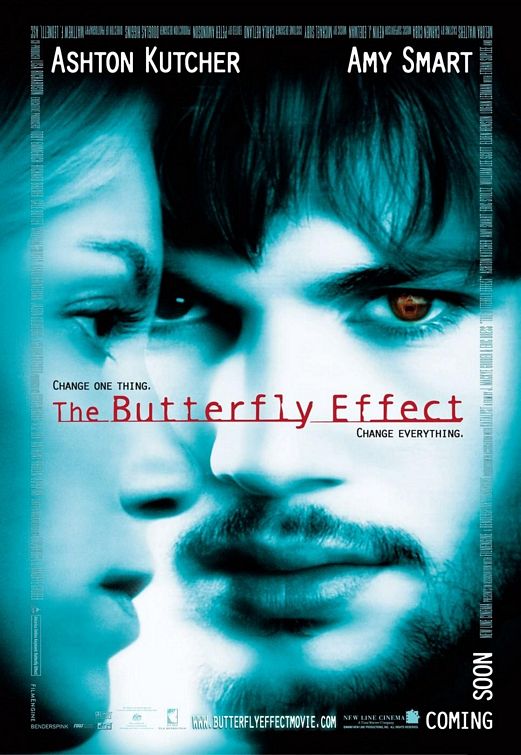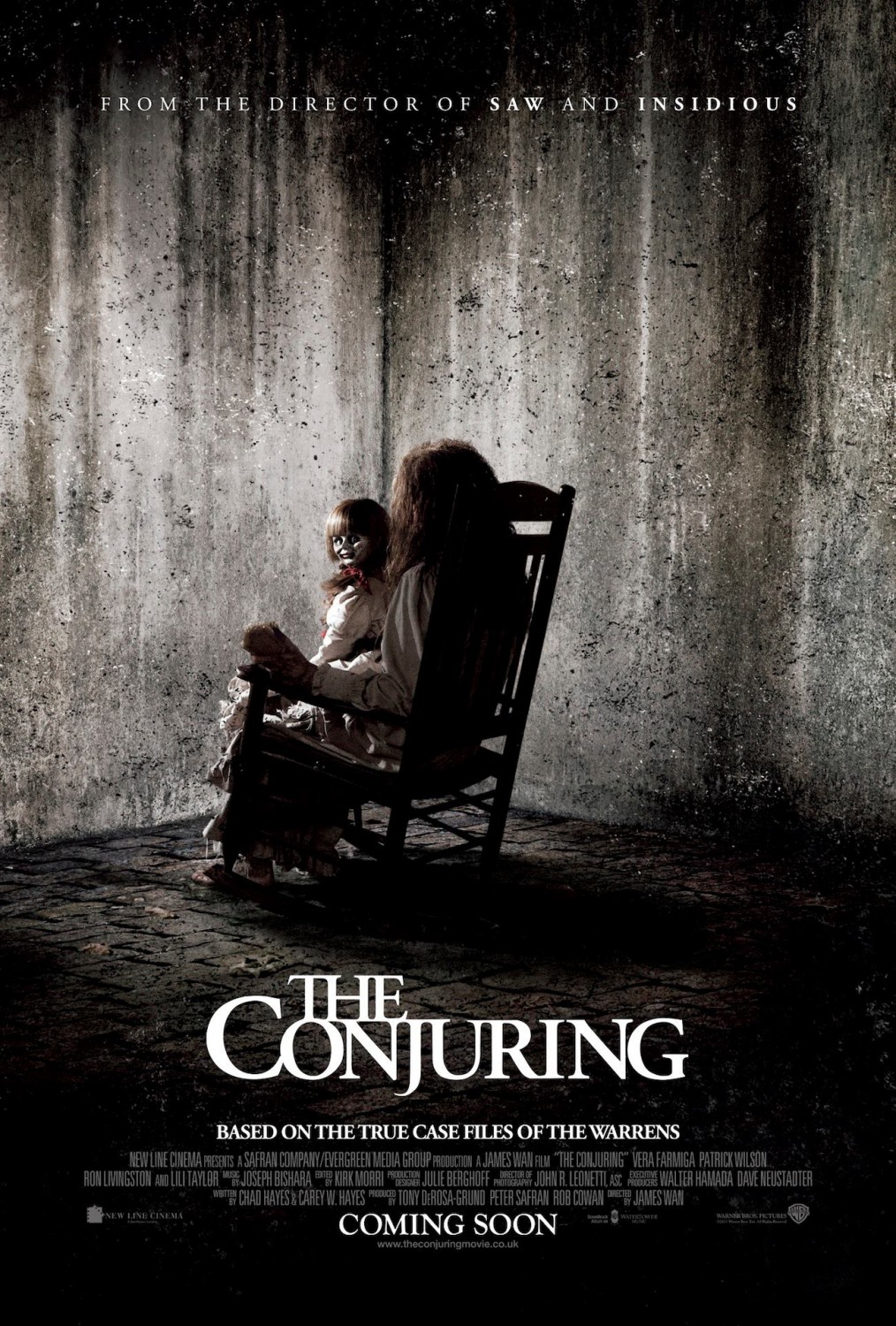_____________________________________________________
A low angle shot of the woods will show the setting to be vast, looming and intimidating. It will emphasise the height of the trees and the dark sky which will victimise the main character more, and also show the point of view of the character if they are to look up, mirroring the sense of fear the character would have in the audience.
_________________________________________
An over-the-shoulder shot revealing the character looking in the mirror, will focus on the reflection of the scratch she felt in the dream. This will ensure the audience can see the characters reaction as well as focusing clearly on the scratch itself.
_______________________________________
Close up and mid Shots of props in characters room, to give indications about the character herself and plot of the film. A good time to integrate credits and transition from the dream into reality.
________________________________________
A P.O.V high angle shot to show the chaotic mind state of the character, also putting the audience in the characters shoes to see exactly what the character sees, therefore building tension as they cannot see what the character is running from or why. Possibly a cliche or genre trope.
________________________________________
A high angle (possibly partially obstructed) shot which will follow the character in the woods. This will make the audience feel like they are watching the character through the eyes of someone else, making them uneasy as they question who or what is in the woods with the main character. Increases the vulnerability of the character.













































